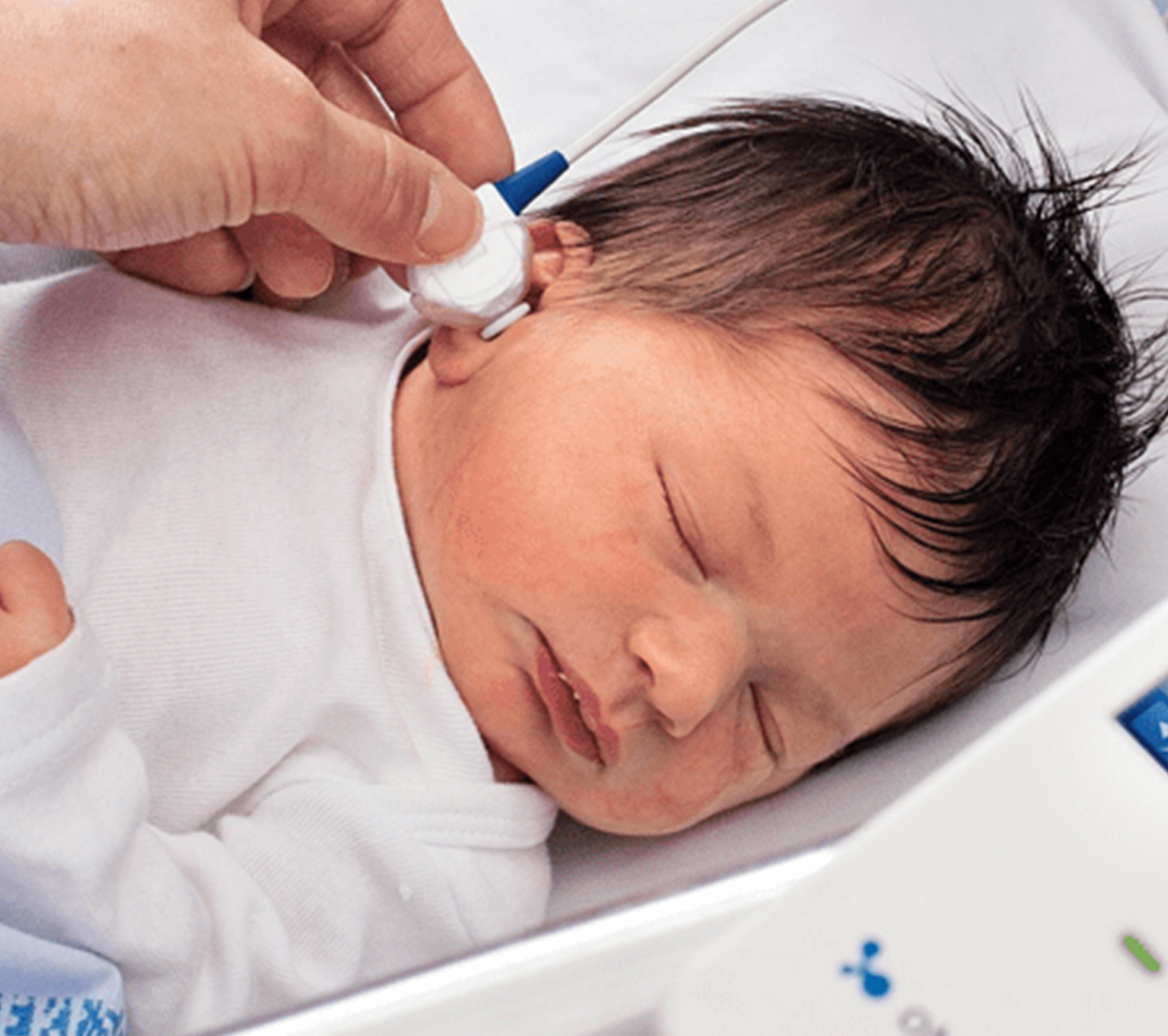What is an Otoacoustic Emission?
The ear has three major parts- the outer, the middle, and the inner ear. Otoacoustic Emission is a sound produced by the inner ear when we hear any sound. Based on the OAE, the test measures how well the cochlea functions. In the case of normal hearing, you will likely produce OAEs. But, in any case of hearing impairment, OAE sound is not produced. The OAE hearing test also gauges any blockage in the middle or outer area. If there is, no sound will be reflected through the inner area, indicating a disturbance in the functioning. Basically, this test is done to identify hearing loss in children up to 3 years of age.


Why Is the Otoacoustic Emission Test Done?
The purpose of the Otoacoustic Emissions test is to find out the functionality of cochlear specifically in hair cells. The information from the test could be used to measure the quality of hearing in infants or individuals with developmental disabilities and to assess hearing sensitivity within a specific range. The test also helps look for feigned hearing loss. The cochlear receives and processes less-intensity soft sounds (called OAEs). The hair cells in the inner ear produce vibration in response to the sounds, which “echo” back into the middle ear. The absence of those vibrations or OAE may indicate hearing loss. This is why professional audiologists conduct this test to rule out hearing loss in babies.

Benefits of Otoacoustic Emission
- The OAE testing rules out the inner ear’s response to external sounds. It is majorly important for infants who may not be able to respond to behavioral testing because of their age.
- The absence of OAEs may point out problems with hearing, such as earwax buildup, infection in the middle ear, or a non-functional inner ear.
- It also diagnoses conductive hearing loss.
- It detects blockages in the outer or middle ear.
- It can help to detect sensorineural hearing loss in the cochlea.
- It is non-invasive and considered safe for newborns.
